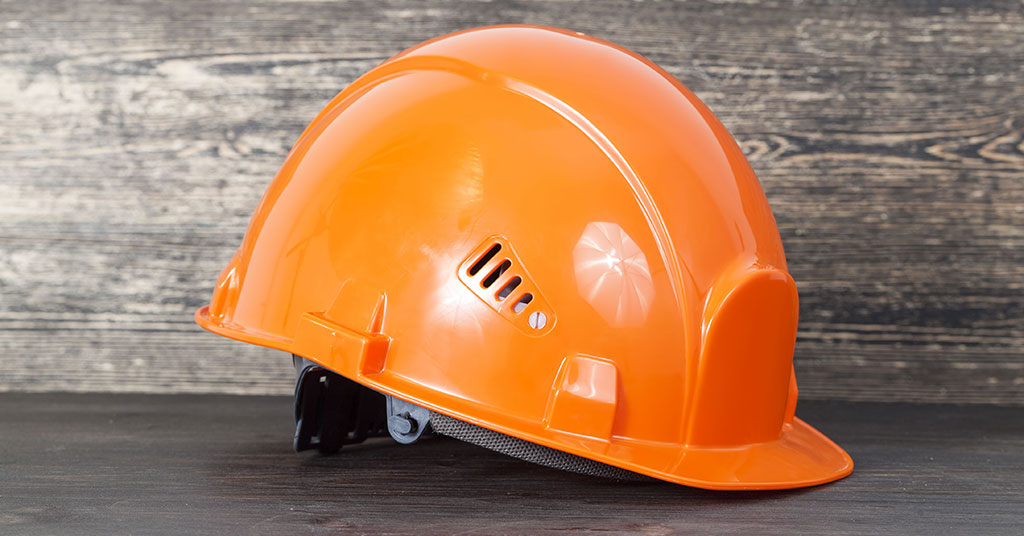
It’s no secret that the South African construction industry is struggling. Since 2017, it has been on a steady decline. In 2019 alone, the industry’s value shrunk by 3.3%.
In this article, we consider the current state of the industry in South Africa and the outlook for 2021.
State of the South African construction industry in 2020
The cause of the construction industry’s decline has been attributed to a number of factors including:
- reduced government infrastructure spending
- a depressed economy
- less foreign investment due to ratings downgrades
- the rising costs of materials.
More recently, the pandemic has led to job losses and fewer construction projects going ahead because of the hard lockdown.
This contraction is seen in the quarterly data from Stats SA. The year-on-year declines in the last quarter of 2019 and the first quarter of 2020 were -0.9% and -2.2% respectively.
In the second quarter of 2020 at the height of the hard lockdown, this year-on-year reduction was -30.7%. The forecast for the year as a whole is a contraction of 14.3%.
This year’s decline in gross fixed capital formation was largely attributed to decreased investments in construction projects.
Construction works saw a whopping 76% decline. Residential buildings were down 76.6% and for non-residential buildings, the drop was 80.8%.
What’s coming for the SA construction industry in 2021?
These problems are likely to persist for the struggling construction industry as we head into 2021.
The economic downturn will affect public and private sector investments. The negative impact of labour shortages, increased materials costs and limited infrastructure spending by government will persist, at least initially.
However, between 2021 and 2024, the construction output is expected to register average growth of 1% as government focuses on fiscal sustainability post-COVID-19.
Public and private sector investments in transport infrastructure and electricity projects are expected to drive growth over the medium- to long-term.
2021 trends for the construction industry
The predicted trends, both good and bad, in 2021 paint a picture of what the construction industry might look like and how recent events have shaped the industry.
Automation
Automation is being more widely adopted across the construction industry. The pandemic may actually have accelerated this trend.
Safety
Safety – always paramount in the construction industry – may improve in certain respects due to heightened safety measures surrounding the pandemic.
Innovative materials
Newer and often more sustainable materials are being introduced at a more rapid rate than ever.
From plastic roads to self-healing concrete, innovative materials are changing the industry – in many cases, for the better.
Modular construction
Building with prefabricated and modular components enables construction project owners to reduce costs and complete projects faster.
New technologies
New technologies are continuing to make lighter work of certain construction tasks.
Some examples are using drones for aerial inspections, 3D printing for laying concrete and new architectural software to replace older CAD programmes.
Disruptions
The construction industry will likely face further disruptions and challenges.
Among the obstacles to recovery are a stagnant economy, ratings downgrades, failing state-owned entities (SOEs), labour shortages, load shedding and civil unrest.
Different sectors of the industry will be impacted to different degrees by each of these issues.
Fierce competition
Bidding gets more competitive in a tougher economic climate. This happens when fewer projects are divided among struggling construction companies.
We offer some tips for small to medium construction companies on how to apply for road building and construction tenders in South Africa.
Supply chain disruption/diversification
Supply chains everywhere were disrupted by the 2020 lockdowns. In some cases, this forced companies to consider alternative (and especially more local) suppliers for the future.
Why we believe there’s hope for the South African construction industry
Recovery will take time, but we believe there’s hope for the country’s construction industry in 2021 and beyond. Here are some of the factors to consider.
COVID-19 losses are temporary
The impact of the pandemic and the lockdown on the construction industry will linger, at least for a year or two. However, the pandemic will end.
With gradual national and global recovery will come new investment – and construction projects that generate jobs and boost the industry.
Basic drivers for the industry are strong
Despite the country’s economic standing, the fundamental need for infrastructure remains.
Demand is high for better and more roads and other transport options, housing, power and other utilities and so on.
Government has already committed to using infrastructure projects to drive post-COVID-19 economic recovery.
Urban residential projects continue to be lucrative
Private construction projects will forge ahead post-lockdown.
Urban residential projects remain a lucrative source of income. They’re backed by private or foreign investors. So they aren’t hobbled by a lack of government funding.
Smaller firms keep on “finding a way”
The construction industry news that makes headlines tends to focus on huge construction firms and conglomerates. Over the past few years, a number of massive construction firms have gone belly up or departed South Africa.
However, this ignores the on-going contribution made by smaller construction firms.
Small firms, many of them family-run, must and will find ways to survive.
A mix of temporary belt tightening, greater initiative in finding new work and diversification may all be involved.
With competition from large, multinational firms thinning out, there may even be increased opportunities for mid-sized South African construction businesses.
Save on equipment costs with reconditioned equipment
New equipment is a heavy cost to bear during an economic downturn – but not having much-needed machinery can cost your company contracts.
In this context, reconditioned heavy equipment and machinery makes more sense than ever.
At KH Plant, we specialise in restoring Caterpillar 140G, 140H and 140K motor graders and components to as-new condition – so you can get the benefits of a new motor grader at a fraction of the cost of a new machine. If your construction business needs a grader, contact us for more information or to discuss your needs.

